See the pics! 8 of China's most photogenic 'water towns'
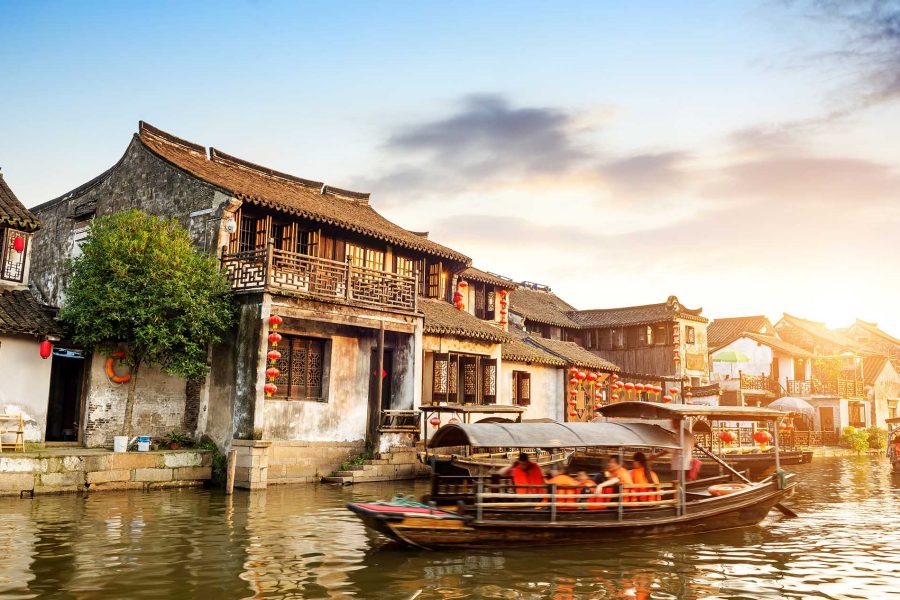
Here are just a few of the Chinese towns that have adapted rivers and other watercourses into their daily lives.
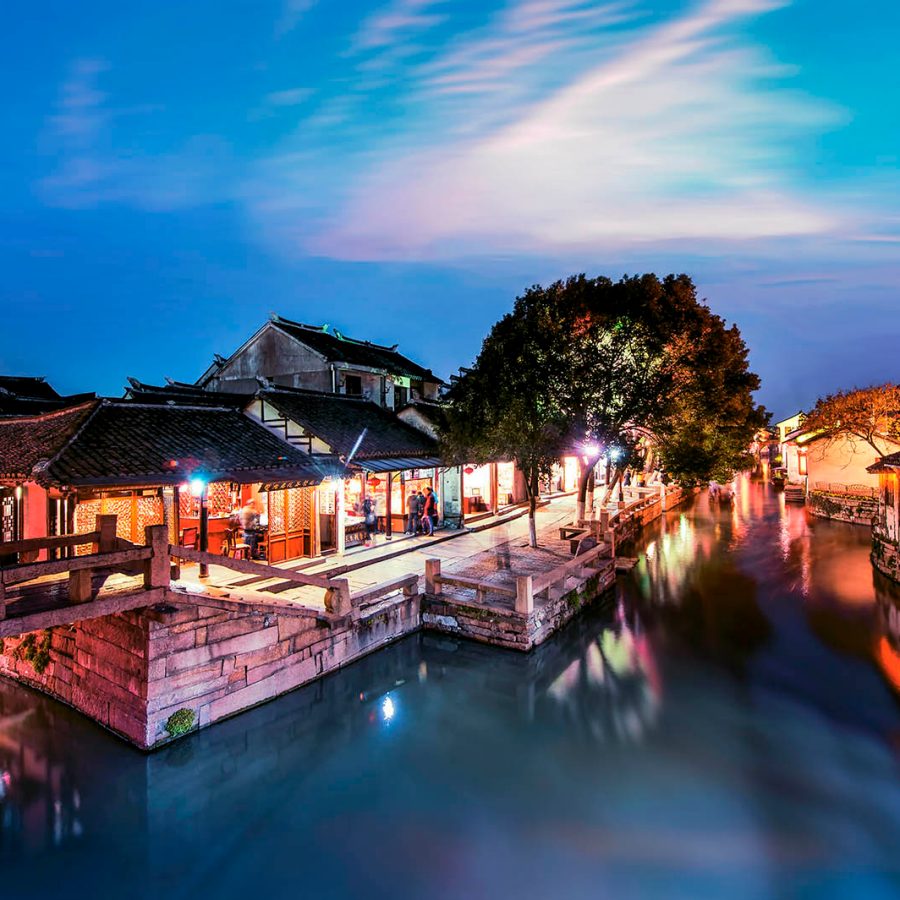
Credit: View Stock RM/Getty Images
1. Zhouzhuang Water Town
Best time: Year around
Located in the southwest of Kunshan City, Suzhou, Xhouzhaung is often called the No. 1 Water Town in China. A “5A Tourist Attraction” – a rating given to the best maintained attractions in China – it often makes lists of the world’s most beautiful towns. Best experienced via sculling boat, you’ll soon be lost in the postcard-perfect channels and canals full of historic charm.
Don’t miss: Double Bridge, Shen’s House and the House of Yifei.
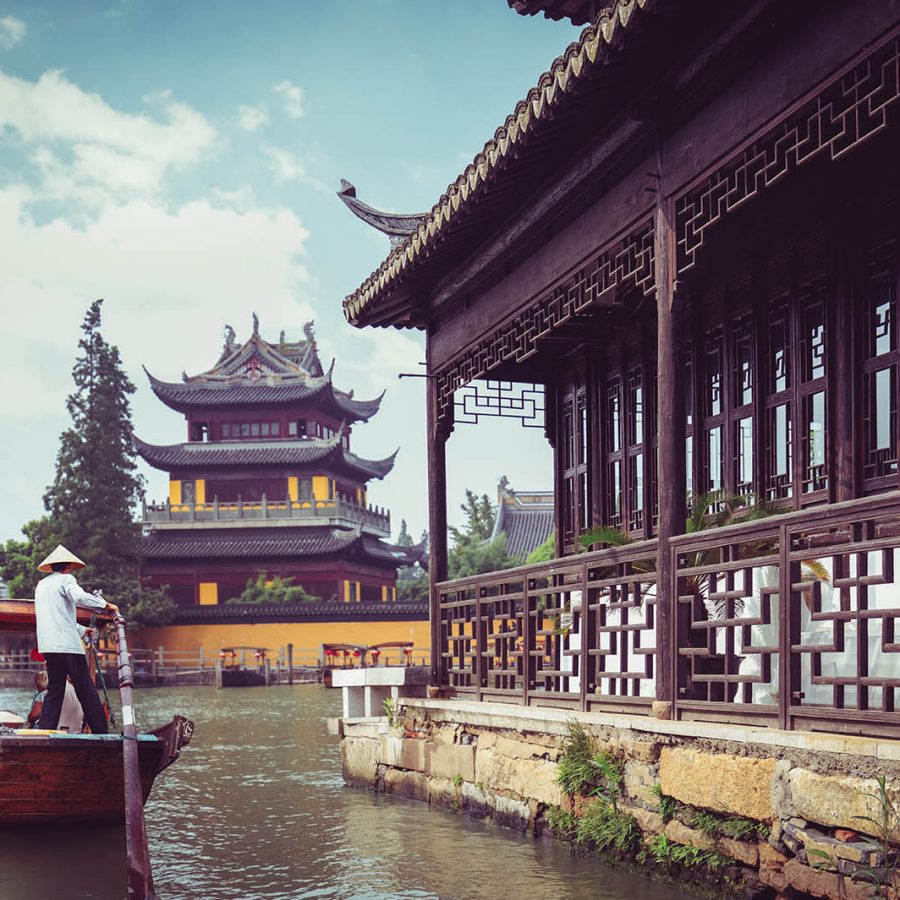
2. Zhujiajiao Ancient Town
Best time: April to November
Around 1,700 years old, Zhujiajiao is regarded as the Venice of Shanghai, an historic pearl situated next to Dianshan Lake. It’s full of old bridges, old streets, Ming-qing dynasy architecture and Buddhist and Taoist sites.
Don’t miss: Fangsheng bridge, rebuilt in 1571 and the perfect spot for photos.
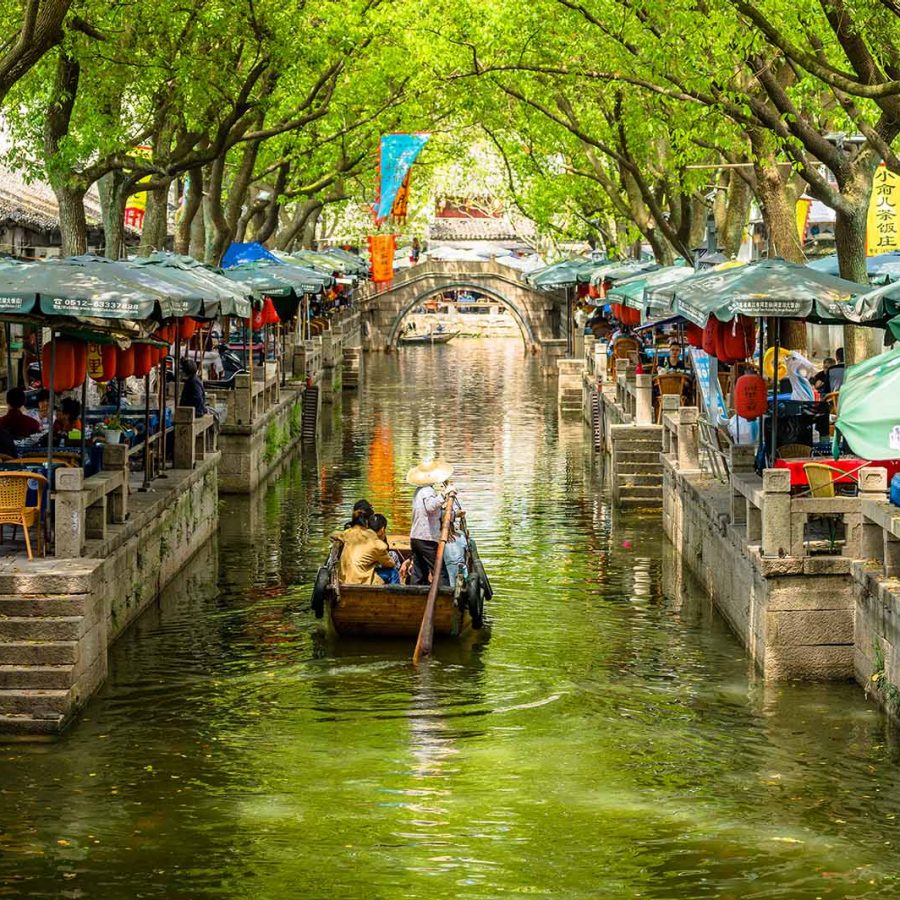
3. Tongli Water Town
Best time: Year round
Ranked as one of the top six ancient towns on the Yangtze River, this town is known for the old stone bridges that connect it all up and is a great example of a vibrant and functional water town filled with structures built in the Song, Yuan, Ming and Qing dynasties (960-1911).
Don’t miss: Retreat & Reflection Garden, Gengle Hall, the Pearl Tower.

4. Xitang Water Town
Best time: April to May, September to November
Unlike other water towns, Xitang is not a busy village, but offers a glimpse at a more easygoing and peaceful lifestyle that has been adopted by residents here for centuries. Criss-crossed by nine rivers, it’s divided into eight sections linked by a total of 104 old-fashioned stone bridges and 122 old lanes.
Don’t miss: The mood of simplicity and leisure.
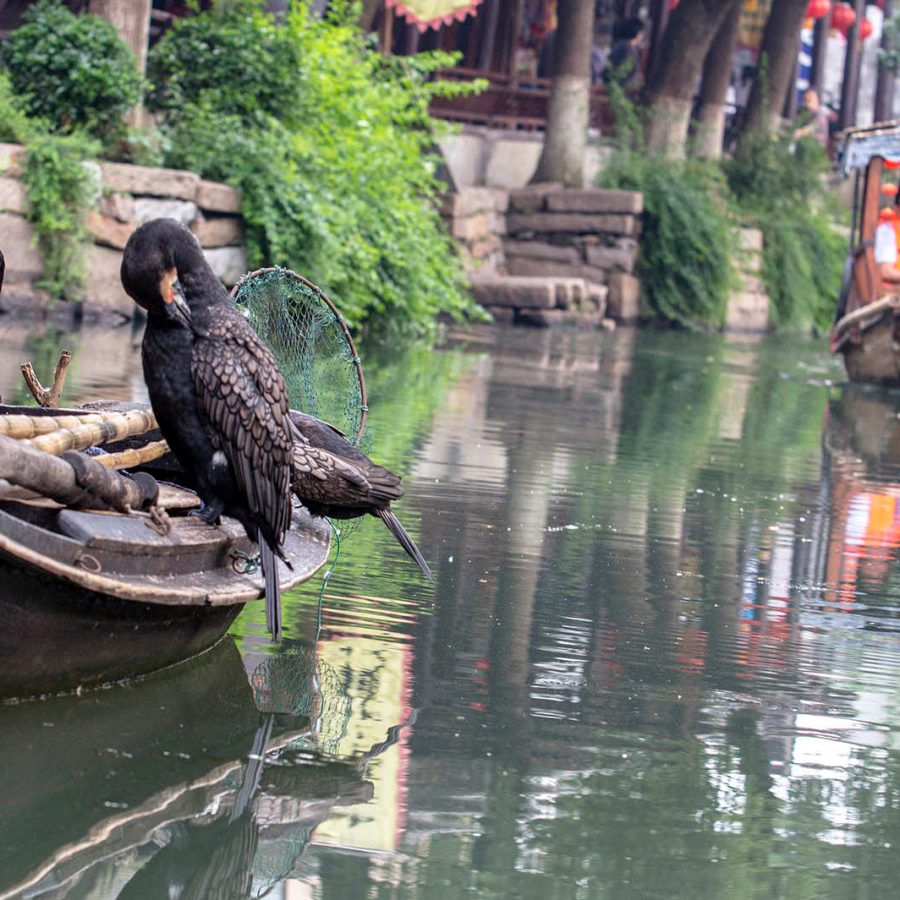
Credit: Zhang Peng/LightRocket via Getty Images
5. Luzhi Water Town
Best time: March to May, September to November
About 25 kilometres from Suzhou City in Jiangsu Province, the 2,500-year-old town of Luzhi is known as China’s “Capital of Bridges”. There are 72 ancient bridges linking sections of the village, with some dating back to the Song, Yuan, Ming and Quing dynasties. This well-preserved town was named one of the “10 Famous Chinese Historical townships” in 2003 and granted a township preservation Award by UNESCO in 2004.
Don’t miss: Baosheng Temple, Shen’s House, Ye Shengtao’s Memorial Hall.
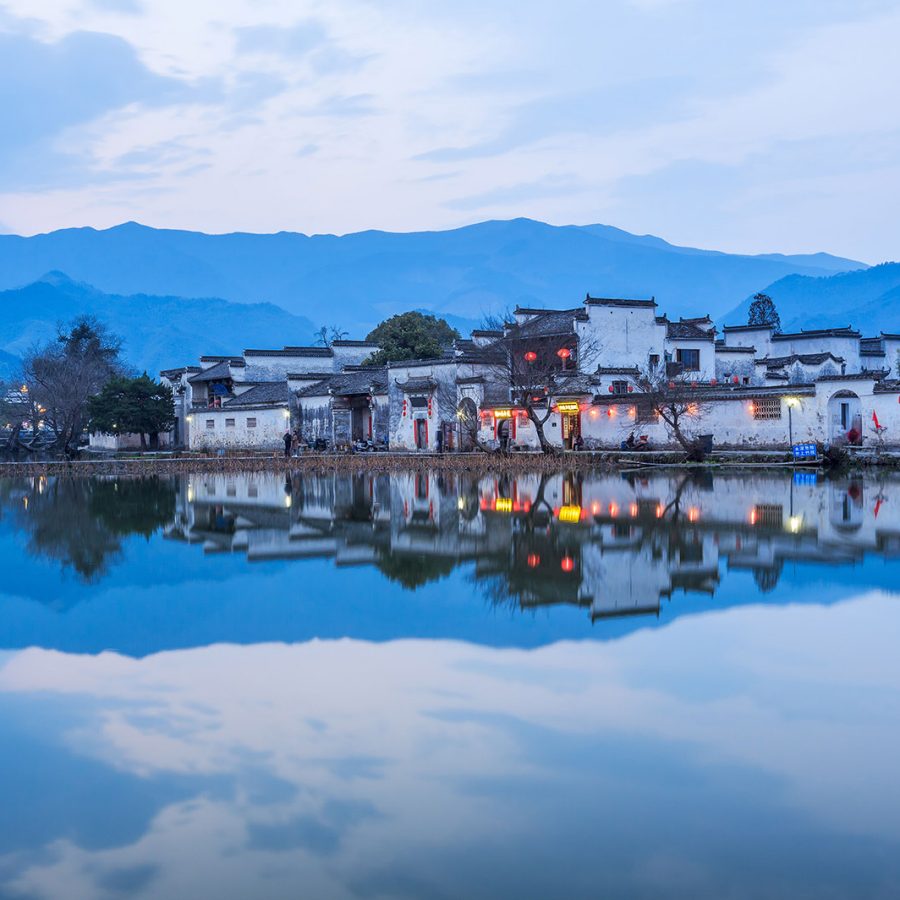
6. Hongcun Ancient Village
Best time: March to April, Early November
With its back to the mountains and its front to the water, Hongcun is believed to have great feng shui. The village gets filled with yellow rape field flowers in the spring, and red leaves in the fall. The gorgeous scenery around the Yellow Mountains is a boon for nature lovers and hikers
Don’t miss: Chengzhi Hall , Southern Lake Academy.
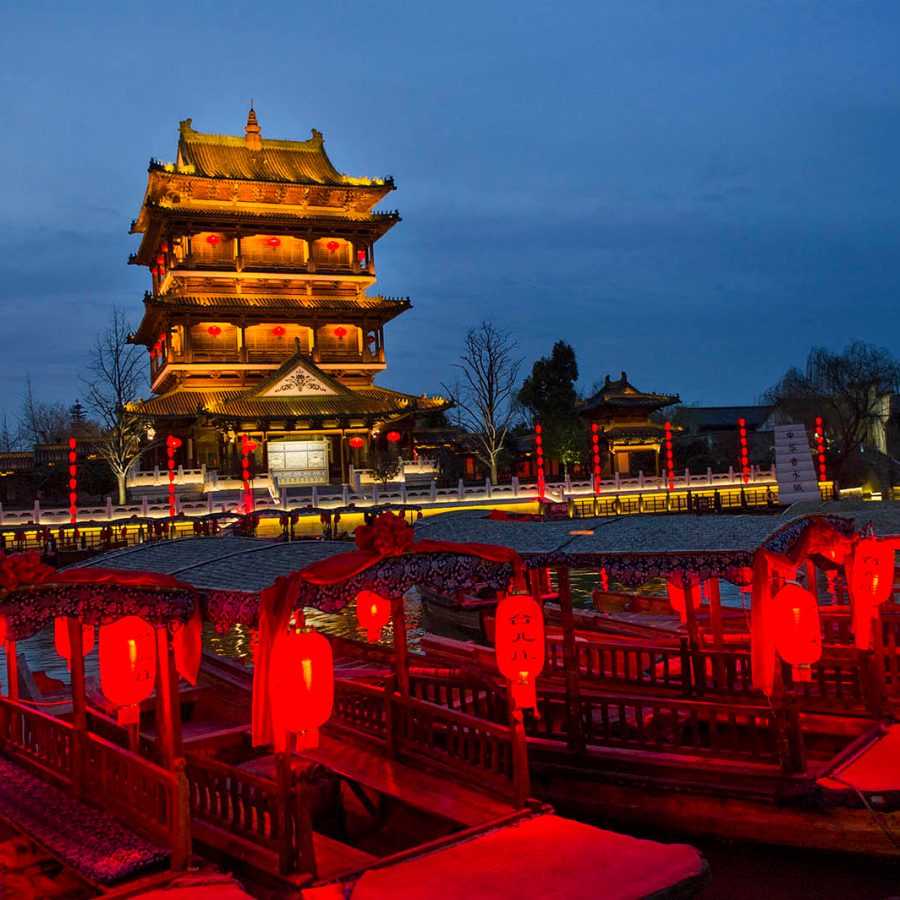
Credit: VCG via Getty Images
7. Tai’erzhuang Ancient Town
Best time: Year round
Located on the Beijing-Hangzhou Grand Canal, this former early 1900s trading hub between China and Japan was restored in 2008, to the tune of US$743.54 million. That astonishing amount means much of the architecture that was destroyed during the battle of Tai’erzhuang is now visible again.
Don’t miss: The Grand Canal – this is the only place in Zaozhuang Prefecture that displays the Grand Canal in its original form.

8. Fenghuang Ancient Town/ Phoenix Ancient Town
Best time: July – September
Named after two phoenixes that legend says flew over the town, saw its breathtaking views and refused to leave, this 300-year-old town has retained much of its original architecture and setting. The old town offers tourist attractions, while the new town is the residential area for the local villagers.
It’s best known for its rice terraces, ginger candies, and traditional Miao and Tujia cultures.
Don’t miss: Tuojiang River, Yang Ancestral Memorial, Former residence of Shen Congwen
More inspiration
- China – the Chinese Mainland, Hong Kong SAR, Macao SAR and Taiwan Region
- Hong Kong SAR - English
- Chinese Mainland (China) - English
- Taiwan, China - English
- 香港特別行政區 - 繁體中文
- 中国內地 - 简体中文
- 中國台灣 - 繁體中文
- Africa
- South Africa - English
- Asia
- Bangladesh - English
- Korea - English
- Singapore - English
- Cambodia - English
- 한국 - 한국어
- Sri Lanka - English
- India - English
- Malaysia - English
- Thailand - English
- Indonesia - English
- Maldives - English
- ประเทศไทย - ภาษาไทย
- Indonesia - Bahasa Indonesia
- Myanmar - English
- Vietnam - English
- Japan - English
- Nepal - English
- Việt Nam - tiếng Việt
- 日本 - 日本語
- Philippines - English
- Australasia
- Australia - English
- New Zealand - English